I attended the Start a Conversation on Digital Voice in Your Library workshop where Michelle Ciulla Lipkin, Executive Director of the National Association for Media Literacy Education gave an overview of media literacy and the importance of media literacy education in today’s increasingly digital and social media world. She reviewed her organization’s core principles which include critical thinking about the messages received and created, expanding the concept of traditional literacy to all forms of media, building media literacy skills, and developing informed, engaged participants. Based on these principles, she talked about how we need to be able to sift through the vast amounts of information in the world and she asked the question, “How do we teach ourselves to do that and how do we teach others to do that?” We also discussed how media literacy compares with information literacy and, for the most part, workshop attendees agreed that they are so intertwined that they are almost one and the same.
Michelle stressed the importance of teaching our younger population how to navigate in this media rich world. She poignantly stated that students know a lot about how to work digital devices but that there is a “big difference between being technically savvy and media literacy.” Michelle provided links to films and resources to start conversations on four important media literacy topics.
1.Credibility in the Digital Age
2.Shifting the Agenda in the Digital Age
3. Public vs. Private in the Digital Age
As a group, we watched Credibility in the Digital Age and Remix in the Digital Age. Both films were engaging and provided hooks for conversations in an upbeat, progressive manner that I think would be received well by students, particularly in high school. We were also provided with resources and questions to discuss the films which were helpful in keeping the conversation moving.
As for recommendations to colleagues, while the materials seem right on target for some middle school, high school, and even college-aged student media literacy lessons, I think for elementary-aged children, the conversation starter films are too abstract, too rapidly cut, and explore too many issues in a short period of time for students to get the full scope of the issues. Another option for younger students is the Common Sense Media website which addresses similar concepts with their Information Literacy and Creative Credit and Copyright lessons and are designed for grades K-2, 3-5 and upper grades as well. I think, for example, that the Common Sense videos, Using Critical Thinking to Find Trustworthy Websitesand Digital Passport: Mix and Mash module would be more effective for elementary students in evaluating websites and exploring copyright and reuse than the By Any Media Necessary - Credibility in the Digital Age video because they tackle the issues in a straightforward, concrete manner.
My personal takeaways are that I need to continue to expose students to media/information literacy concepts such as credible sources, citation, and remixing responsibly. While I don’t think I can use the videos presented in the workshop in my K-5 classrooms, I will be able to use the "conversation starter” model by showing a relevant video and adapt some of the discussion questions to a younger age group. I was inspired by the creativity used in the By Any Media Necessary conversation starter videos and hope to gather similar materials that would apply to the elementary level that tap into that same spark and energy of the films we watched.
